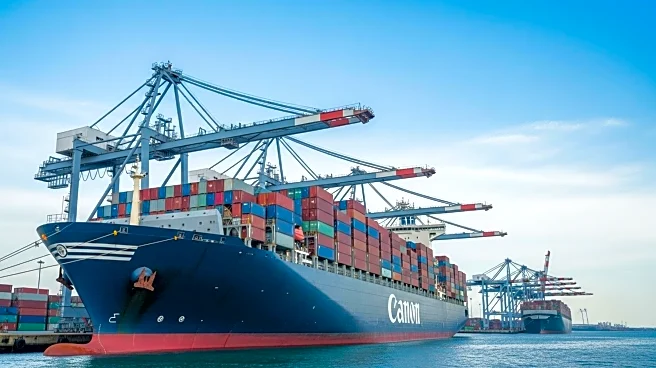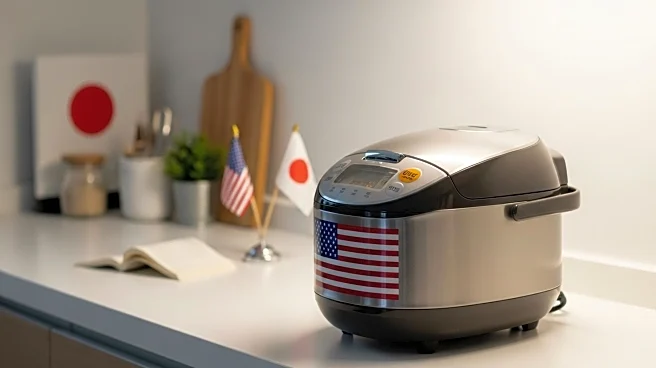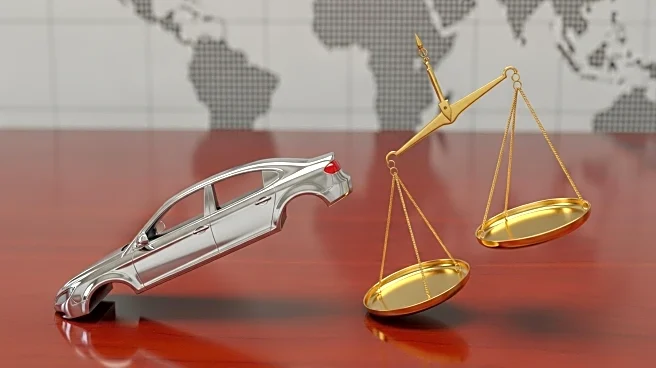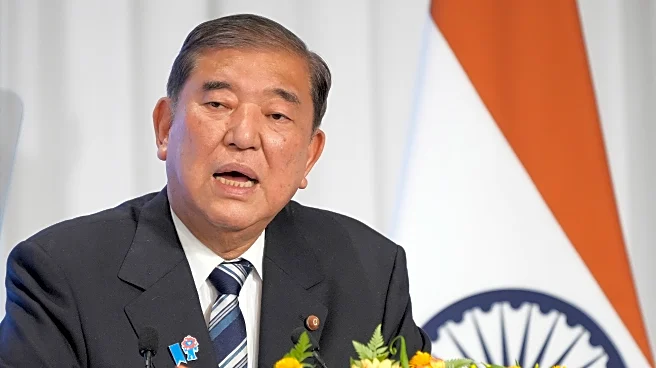What is the story about?
What's Happening?
The United States has announced the implementation of a new tariff framework as part of the trade agreement with Japan. This framework includes a baseline 15 percent tariff on most Japanese imports, with specific treatments for sectors such as automobiles, aerospace, pharmaceuticals, and natural resources. The agreement aims to reduce the U.S. trade deficit and strengthen the manufacturing and defense industrial base. Japan will increase its procurement of U.S. agricultural products and invest $550 billion in the U.S., creating jobs and boosting domestic manufacturing.
Why It's Important?
The agreement represents a strategic shift in U.S.-Japan trade relations, emphasizing reciprocity and national security. By imposing tariffs and securing Japanese investments, the U.S. seeks to balance trade and enhance economic growth. The deal is expected to benefit American producers by opening up Japanese markets and increasing exports. The investment from Japan will support U.S. infrastructure and job creation, contributing to long-term economic stability. The agreement also addresses national security concerns by bolstering the defense industrial base.
What's Next?
The U.S. will monitor Japan's implementation of its commitments under the agreement. If Japan fails to meet its obligations, the U.S. may modify the order to address national security threats. The Secretary of Commerce will oversee tariff adjustments and ensure compliance with the agreement. Both countries will continue to collaborate on trade and investment initiatives, potentially leading to further economic integration and cooperation.
AI Generated Content
Do you find this article useful?
















